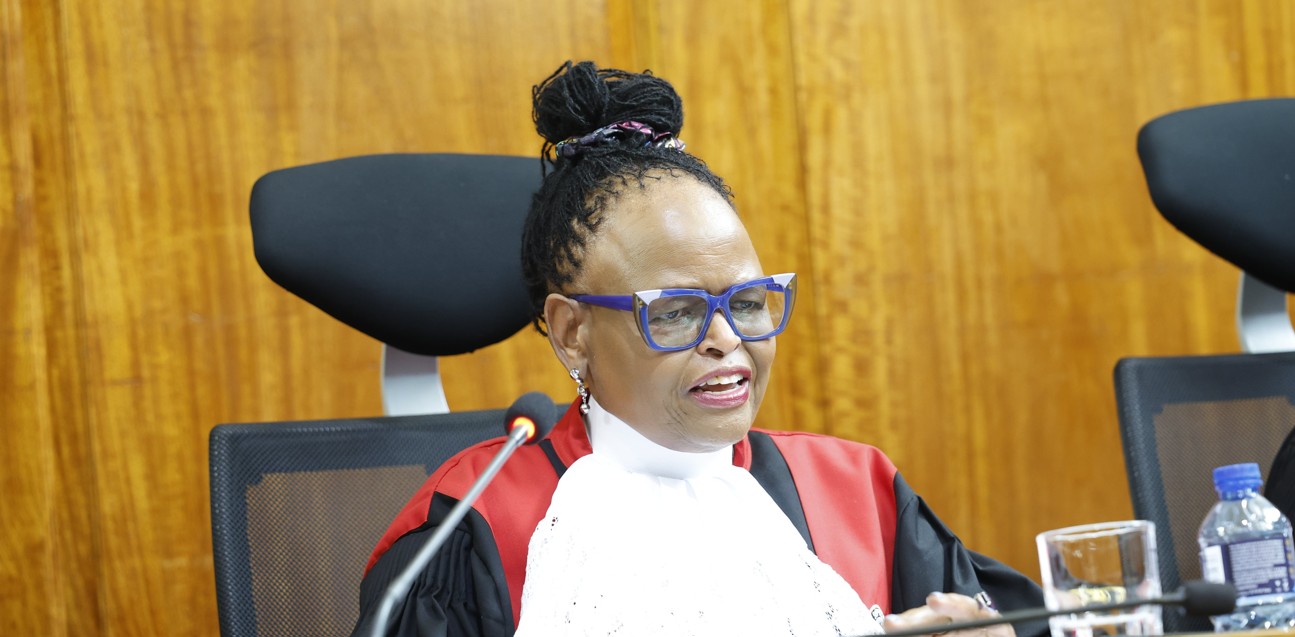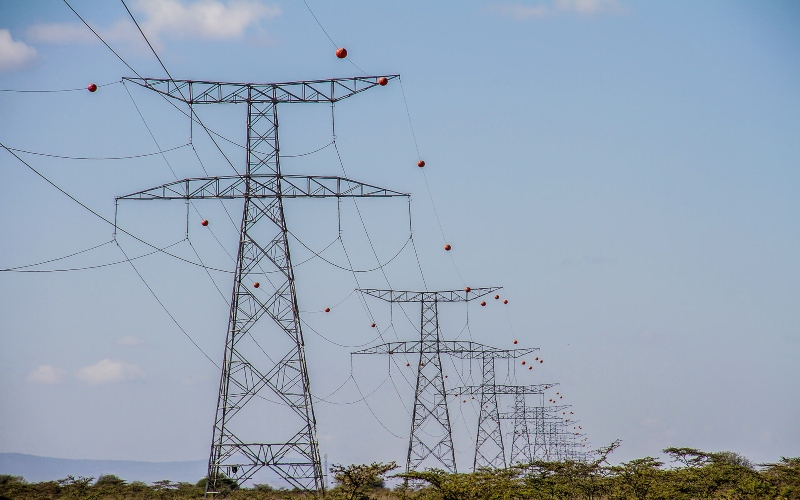Adani unveils butterfly-inspired design for JKIA upgrade
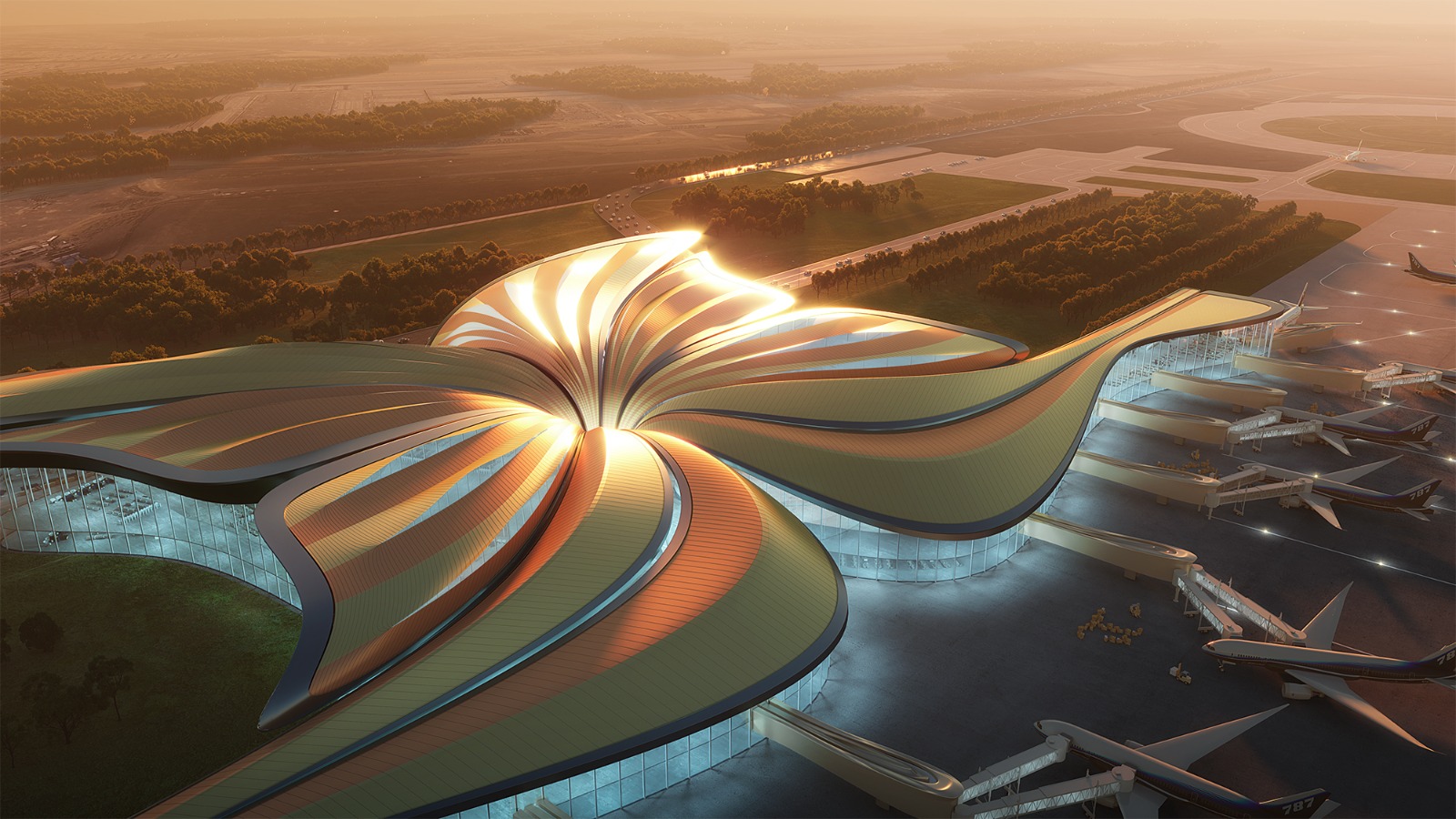
The concept emphasises organic shapes in the walkways, ceilings, and layout to ensure a smooth, dynamic experience for travellers, steering clear of rigid structures.
Adani, an Indian firm at the heart of the Sh260 billion deal to revamp Jomo Kenyatta International Airport (JKIA) has revealed an architectural design concept for the project, drawing inspiration from Kenya's butterflies.
This comes just weeks after the government clarified that no official agreement has been reached with the firm's local subsidiary.
More To Read
- Adani whistleblower Nelson Amenya sounds alarm on Kipini Conservancy sale
- Adani Group rejects US investigation claims on Iranian LPG imports
- Kenya turns to Beijing for JKIA expansion after Adani fallout
- Treasury revises PPP framework after public outcry over controversial Adani deals
- UDA blogger: State contracted individuals to tarnish Gachagua, defend Adani, SHA
- Whistleblower in JKIA-Adani deal named one of the most influential Africans
The deal has faced opposition from airport workers, who staged protests that disrupted operations at the country's busiest air hub.
Additionally, a temporary court order has been issued, halting the project following a lawsuit filed by the Kenya Human Rights Commission (KHRC) and the Law Society of Kenya (LSK) on September 10, 2024.
The two organisations argue that JKIA is a strategic and profitable national asset, and the proposed deal undermines principles of good governance, accountability, transparency, and responsible use of public funds.
Butterfly-inspired design
The unveiled design takes inspiration from the symmetry and grace of butterfly wings, with flowing, curved forms throughout the roof and façade.
The concept emphasises organic shapes in the walkways, ceilings, and layout to ensure a smooth, dynamic experience for travellers, steering clear of rigid structures.
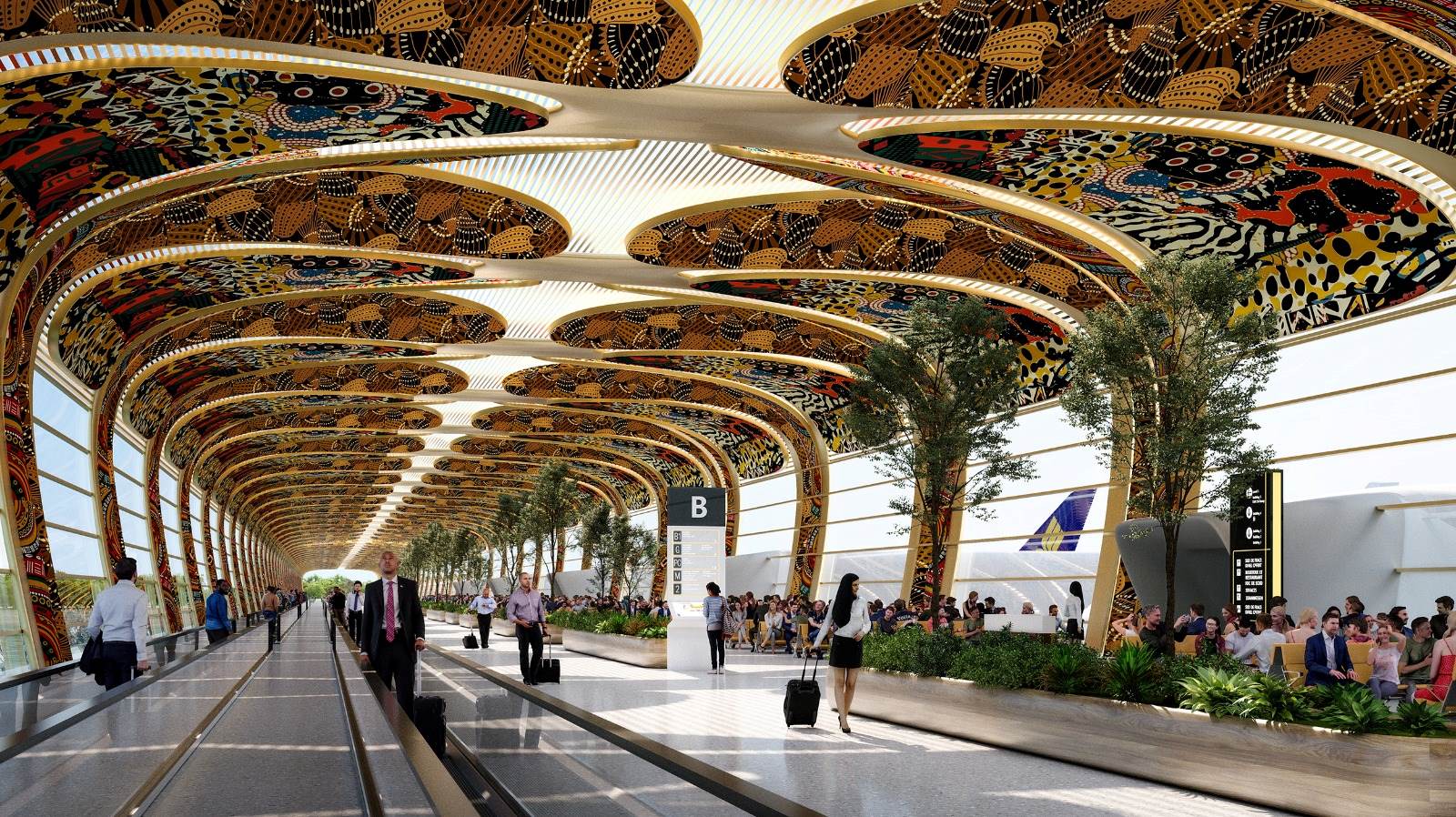 Adani's architectural design concept for JKIA draws inspiration from Kenya’s butterflies. (Photo: Handout)
Adani's architectural design concept for JKIA draws inspiration from Kenya’s butterflies. (Photo: Handout)
Kenya's rich biodiversity and cultural symbolism play a central role in the design. Butterflies, representing transformation and freedom in Kenyan culture, are woven into the terminal's décor, appearing in wall motifs, seating arrangements, and other architectural elements.
Specific butterfly species native to Kenya, such as the African monarch, are depicted in artistic representations across the terminal.
Expansive glass façades and skylights flood the space with natural light, enhancing the open and serene atmosphere, while patterns reminiscent of butterflies in flight contribute to the nature-inspired experience.
The terminal's design emphasises sustainability through biophilic elements, including butterfly gardens, indigenous plants, and natural materials like wood and stone.
"Travellers can interact with butterfly-themed art installations and learn about Kenya's ecosystems through educational displays," Adani says.
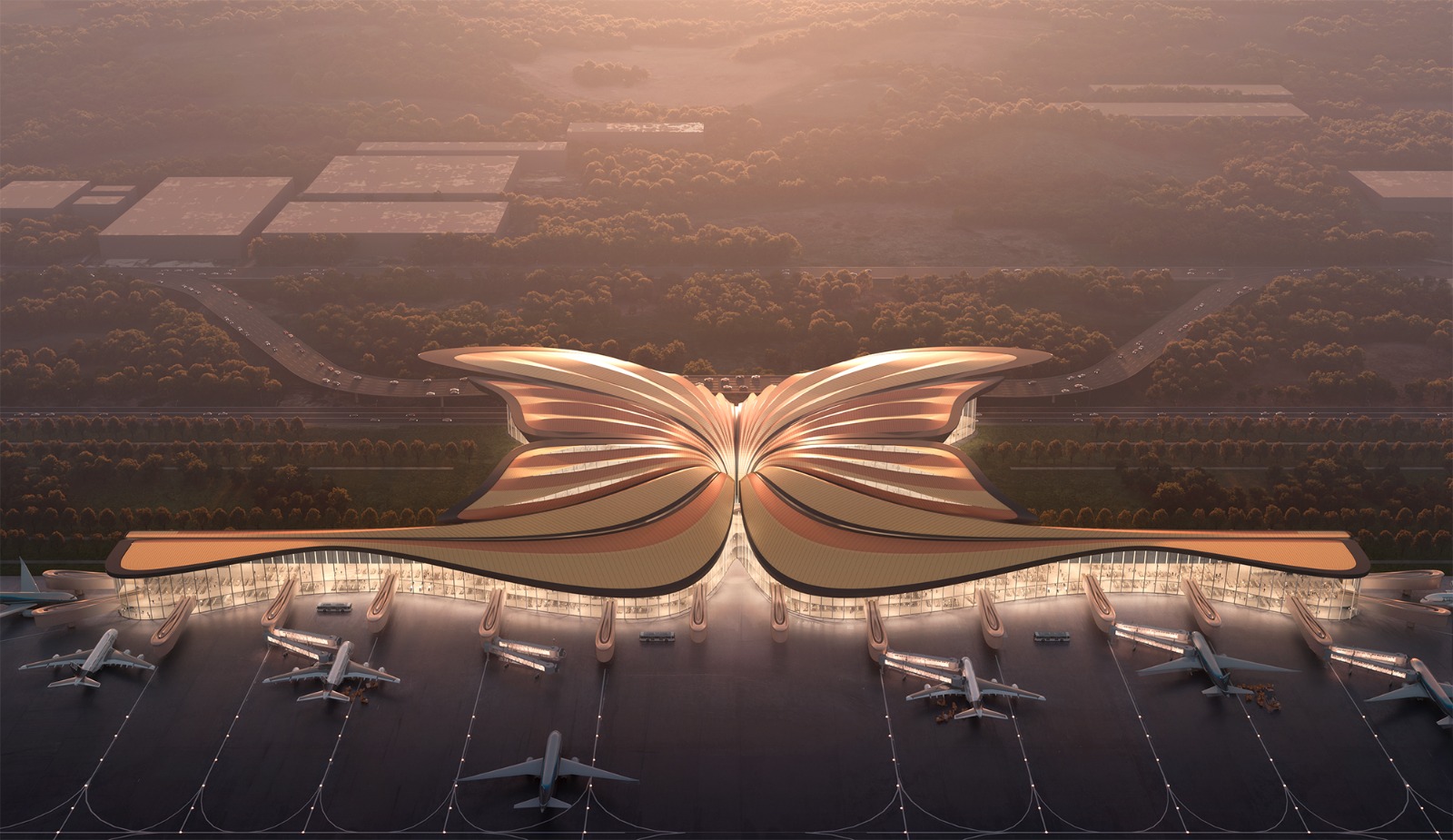 Adani's architectural design concept for JKIA draws inspiration from Kenya’s butterflies. (Photo: Handout)
Adani's architectural design concept for JKIA draws inspiration from Kenya’s butterflies. (Photo: Handout)
The eco-friendly approach also incorporates energy-efficient technologies such as solar panels and rainwater harvesting, alongside green spaces aimed at promoting biodiversity.
"A vibrant colour palette inspired by Kenyan butterflies, along with textural patterns derived from butterfly wings, creates a lively yet serene atmosphere, making the terminal both a functional space and a celebration of Kenya's natural beauty and cultural heritage," the firm added.
Last week, the National Assembly ordered a forensic audit into the proposed deal between the Kenya Airports Authority (KAA) and Adani Holdings, the Indian company involved in the airport's upgrade plans.
The parliamentary directive comes in response to concerns raised by various stakeholders about the transparency and financial implications of the project.
The court case filed by KHRC and LSK continues to put the future of the project in question, with the final outcome likely to determine whether or not the ambitious butterfly-inspired terminal design will ever become a reality.
Top Stories Today


